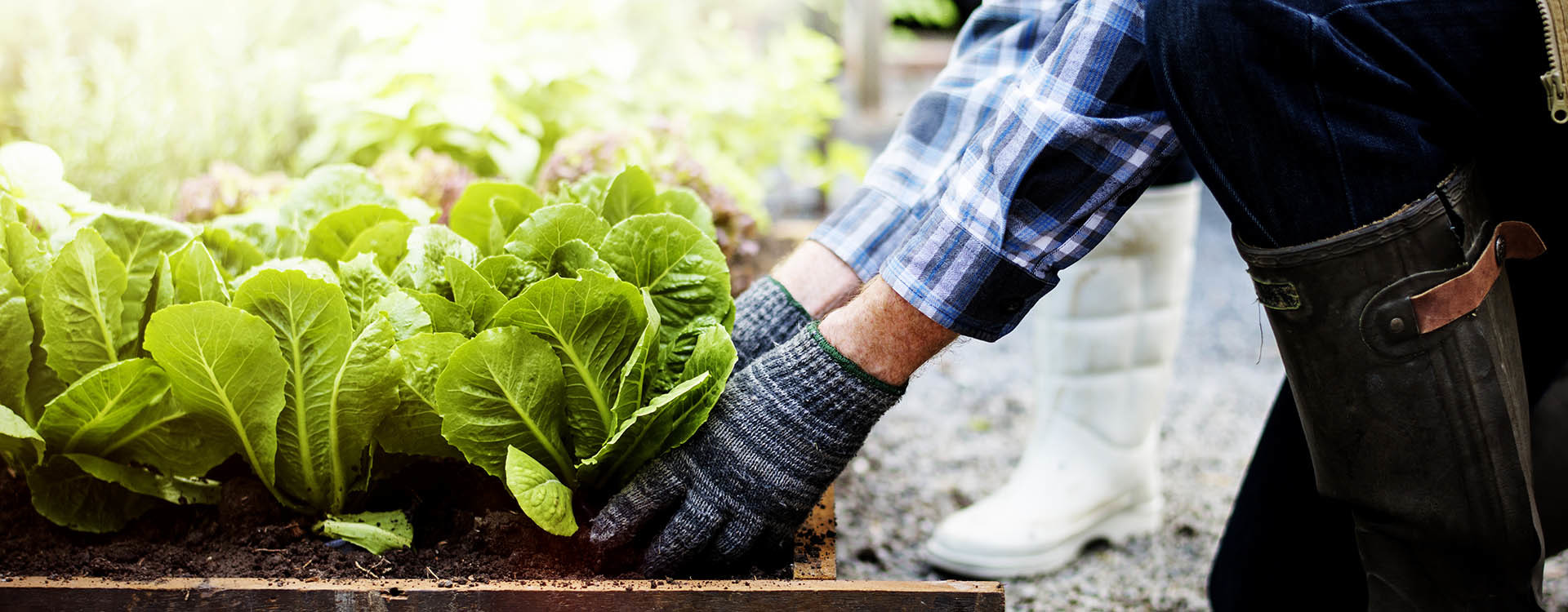City Blooming for Dummies
City Blooming for Dummies
Blog Article
Getting The City Blooming To Work
Table of ContentsExcitement About City BloomingNot known Facts About City Blooming8 Simple Techniques For City BloomingGetting My City Blooming To Work4 Simple Techniques For City Blooming

In truth, as you walk the streets of the Bronx, Southside Chicago or East Oakland, you might see have even seen huge plots of ripening fruits and vegetables being harvested. What precisely are city ranches and area gardens? Are they different? If so, just how? And more significantly, how can you sustain them? Urban farming, urban farming, or urban horticulture is the method of growing, handling and dispersing food in or around city areas.
Normally, metropolitan farming as a method is a bigger financial investment than horticulture. There are countless extra hours spent right into the minutiae of farming, from the crop strategy to the often tending of your beds. This time around commitment tackles a whole new definition once you understand the goal that is being functioned in the direction of and devoted, particularly that of gaining an abundant return of crops to be taken in.
An area garden is a single parcel gardened collectively by a group of individuals. Community yards make use of either private or shared stories on private or public land while generating fruit, vegetables, and/or plants expanded for their eye-catching look. The fundamental version here is that a large team of people each contribute a relatively little amount of time to functioning their very own story, and get the fruits of their labor consequently.
About City Blooming

, and neighborhood companies by helping them develop and expand their own yards. The differences between neighborhood yard and urban farm are nuanced, though in the end the same fundamental task takes placefood plant cultivation yet within various business frameworks - landscaping.
Urban farms are typically much more company and technology oriented, with the key function of making the most of returns and selling produce. Business metropolitan ranches are commonly focused on increasing manufacturing on usually tiny land location with advancements in innovations such as tank farming, hydroponics, and greenhouses and may companion with a business kitchen to create locally-produced value-added products such as jams and sauces.
The Definitive Guide to City Blooming
The fruit and vegetables is usually grown on a much smaller sized scale and is taken home to consume at home or to share. By supplying much required eco-friendly areas in destitute, concrete urban locations, they enable the advantages of backyard horticulture to those lacking yards, and function as exceptional instances of self-organization and area activism.
Some community yards, often in metropolitan areas, relocate into expanding for commercial use while some metropolitan farms open up their land for even more socially aware benefits. Despite how you define and differentiate the 2, they are both favorable forces permanently in cities around America and the world. They both use less complicated access to fresh, neighborhood fruit and vegetables; boost a community's visual; and function as outstanding academic devices, teaching people where their food originates from. Little Axe Peppers has currently partnered with over 73 neighborhood yards around the United States.
As every read more one of Little Axe Peppers' warm sauces are sourced with peppers from neighborhood yards, your acquisitions straight aid money these neighborhood jobs (https://pubhtml5.com/homepage/baapp/). So, take part in the transformation by.
A friend of mine just recently commented in a conversation about horticulture that "It's fascinating, I have actually always assumed that farming as a method is rather like horticulture. As I spent even more and even more time in my Urban Farming course I have actually come to understand that to say that gardening is a mini extension of farming would certainly be a little bit of stretch.
Get This Report on City Blooming
They both focus on the care of plants for some goal that can be nourishment, profit or simply the satisfaction of the craft. Additionally they both need a monetary financial investment in addition to a time financial investment, something that a great deal of individuals in our rapid paced life do not have a great deal of - garden care.
We can see that the similarities are plentiful, however are the distinctions sufficient to develop a distinction? As a student at NYU I have the chance to collaborate with the leave It Much better Foundation, a team that teaches standard nutrition and horticulture to high college trainees. https://anotepad.com/note/read/ewb5qah3. This experience provided me an extensive venture right into the world of amateur horticulture beyond what most individuals have been in contact with
Farming as a practice is a larger financial investment than horticulture. There are many much more hours invested into the trivial matters of farming, from the plant strategy to the having a tendency of your beds.
The ordinary gardener goes about his responsibilities as a job instead of a requirement and therefore differentiates his or herself from the farmer. With this distinction in hand, they are both relaxing and peaceful workouts that any person can choose up, which by itself ought to be a promotion for both.
City Blooming Fundamentals Explained
Something failed - indoor plants. Wait a minute and attempt once more Attempt once more
Report this page